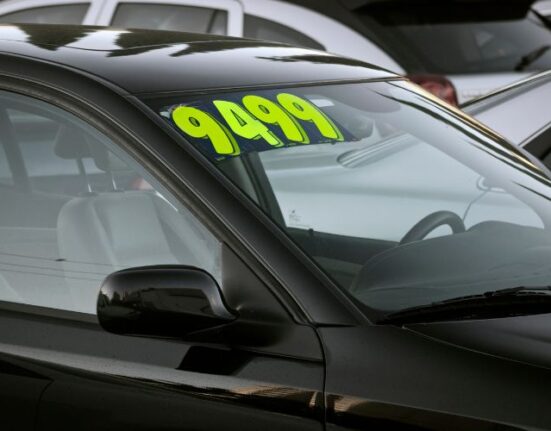To guarantee their performance in the most extreme situations, the vehicles go from -40º to +60º in just a few minutes and without moving more than 10 metres
Thermal jackets, hiking boots, gloves and goggles that protect against ultraviolet rays are the essential equipment for engineers in SEAT S.A.’s climatic chambers
The Martorell engine test centre also has nine multi-energy benches where any type of engine can be tested, with a focus on electrification
Travelling from the top of Mont Blanc to the Sahara desert via Antarctica, all without going farther than 10 metres. The new hybrid and electric engines are tested under the toughest conditions to analyse their response in extraordinary situations, and the SEAT S.A. plant has one of the pioneering test centres in southern Europe for this purpose. In its climatic chambers there’s no need to leave the Martorell Technical Centre to go from the most extreme heat to temperatures that freeze water in a few milliseconds.
At -40 degrees. Vicente Sancho, an engineer at the SEAT S.A. Engine Centre, prepares to test how the SEAT Leon e-HYBRID’s electrified engine reacts. The first thing he does is put on a thermal jacket, hiking boots, gloves and a woolly hat. And no wonder, as he has to go in a room at -40 degrees Celsius. “We want to see how long it takes for an electric or hybrid motor to defrost a completely icy windscreen,” says Vicente Sancho. First, the car has been acclimatising inside the chamber for about 10 hours. Then it was sprayed with water, which has turned into ice. Vicente gets in the car, switches on the air conditioning and within 20 minutes the solid layer of ice on the windscreen is completely melted. In addition to these tests, the team at the Engine Centre checks that all the components work perfectly at that temperature and that, even when travelling to Antarctica, the vehicle will deliver 100% performance.
And at +60º. The temperature changes drastically in the adjacent room. Giant fans heat the chamber to +60º and light panels generate the same intensity that you’d find in the desert sun. This room requires a change of clothing and the most important thing is to protect your eyes with safety goggles. “This kind of test is necessary to check the endurance of all the components in extreme heat. You don’t have to live in the middle of the desert for a car to withstand temperatures of above 50º. It’s also important to verify the car’s ability to withstand the ultraviolet sun rays, and thus guarantee the quality of both paint and other elements” says Vicente.
5,000 metres high. Altitude tests are also key. “Some drivers may not consider going to 5,000 metres with their vehicles, but it’s inevitable in countries like Mexico, where SEAT S.A. has a strong presence” according to Vicente. On this occasion, the team testing the cars at this altitude had to undergo a special medical check-up in order to gain access to the facility and drive the vehicle for hours, but they can only enter as long as they don’t exceed 3,000 metres.
540 mbar of atmospheric pressure. And what happens when you have to test at even higher altitudes? This is where technology comes into play and a robot takes over from the engineers. The robot receives orders from a simulator outside the simulator room and drives the car to the top of Mont Blanc without a hitch. Again, all without leaving Martorell.
14,300 engines per year. In addition to the climatic chambers, this pioneering centre has nine multi-energy benches that enable any type of engine to be tested, from the development phase to its certification. They operate 24 hours a day and carry out more than 14,000 engine tests every year with a focus on electrification. “The new engine facilities, and the strong technical capacity of the teams, allow new engines to be tested and calibrated to ensure optimum performance with a special focus on hybrid and electric engines” concludes SEAT S.A. Vice-president for R&D Dr. Werner Tietz.

















